Yesterday on 11.08 was a new national holiday, the mountain day. On this day the mountains are to be paid attention. There is also a same UN day of holiday, but it has nothing to do with it, and the Japanese who asked me could not tell me exactly why it really exists.
So I went to the mountain that day to celebrate him…
OK, I would have gone there without the day, but rather because of what is there and that is the Shinto shrine of Tokugawa Ieyasu (family / clan name, first name).
For all those who are unfamiliar with it, here is a short trip into Japanese history (yeah samurais and so). Japan had been since about 1477 AD in the Sengoku period, do not confuse the Age of Warring States with the Warring States period in China, and was divided by several strong clans who constituted a daimyo, a prince or warlord. The Emperor’s power had long been symbolic in nature, and from the clan Ashigaka the last Shogun (“great general”), a title conferred only by the emperor, had lost most of his influence. Oda Nobunaga, a warlord, was able to capture the bulk of Japan before he began Seppuku (ritual suicide) in 1582 because of the betraying from one of his generals. Another of his generals, Toyotomi Hideyoshi, avenged him, took control, and finally united Japan. His empire, however, was still unstable, and his heirs under age. After his death, Tokugawa Ieyasu, also a former subordinate and then ally of Oda Nobunaga, gained influence on the heirs of Hideyoshis, and after a final battle in Sekigahara, he finally took the lead. He also received the title of Shogun from the Emperor in 1603, but gave him to his son in 1605. He sat down in Sumpu (today Shizuoka), but he continued to control over Japan in the shadows and died in Sumpu in 1616. Oda Nobunaga, Toyotomi Hideyoshi and Tokugawa Ieyasu are considered to be the three unifiers of Japan, with Nobunaga archieved the most and Hideyoshi completing it. Tokugawa, on the other hand, built the shogunate and started the stable phase. In his time, the capital was moved to Edo (now Tokyo), the exilation of Christians and the isolation of Japan. To this day, however, Tokugawa is the most popular and Nobunaga is rather unpopular. This may also be due to the fact that Tokugawa, before his death, planned his later worship as Shinto god and guardian of the country.
In the shrine, Tokugawa was buried before half of him, one year after his death, was taken to the newly-built Nikkō Tōshō-gū Shrine, north of Tokyo, like he wished.
The shrine is located at Mount Kunō (216 m) and you need to take more than 1000 steps up on stairs. In the summer particularly nice and I had already chosen a cooler day, with light rain but also high humidity. The shrine has been around since 1617 and has been declared a major cultural property along with 13 other buildings. The architectural style is the Gongen-zukuri from the early Edo periode, in which a lot of Japan laquer and beaten gold was used. The buildings and wooden pillars are still original, but are repainted every 50 years. He was also the first of the Tōshō-gū Shrines, Shinto Shrines in which Tokugawa is venerated. There is also a museum which shows many objects from Tokugawa’s property.
In the following picture you can also see 2 Mikos or Kannagi. These were originally chief priests who were, so to speak, “married to God,” which then mostly turned into performances of ritual dances and support of the priest at ceremonies. Today, however, they are mostly part-time workers who are bachelorettes, because that is a condition to be able to work as Miko. That means that in the case of a marriage the work is often given up. The traditional clothing is also seen, a white sub-kimono with a white Oberkimono and the scarlet Hakama. There seems to be a male counterpart, who is wearing a light turquoise Hakama. The normal priest (presumably) a violet Hakama.
This is the main shrine.
Here also hang the Ema. These are mostly painted wooden panels, on whose free surface secular desires are then written, e.g. to pass the next examinations or to find the partner for life, and then hope for their fulfillment by the resident Kami (god).
And here is the big urn where the remains of Tokugawa are.
Here is also a ritual cleansing basin. I have not photographed the one below. For cleaning, take the ladle in the right hand, pour the water over the left hand for cleaning. Then the ladle is changed to the left hand and the right hand is cleaned. Finally, the left hand is changed again and the water is done in the area of the left hand to clean the mouth. NEVER let the ladle touch the mouth directly. Finally, the ladle is rinsed in the water and placed back on the holder.
A few goldfish in a rainwater collecting vessel again further down.
And here is a stamp with real ink from the shrine. You can collect temple visits, so you can buy these stamps and stick in a book or let them draw directly in the book.
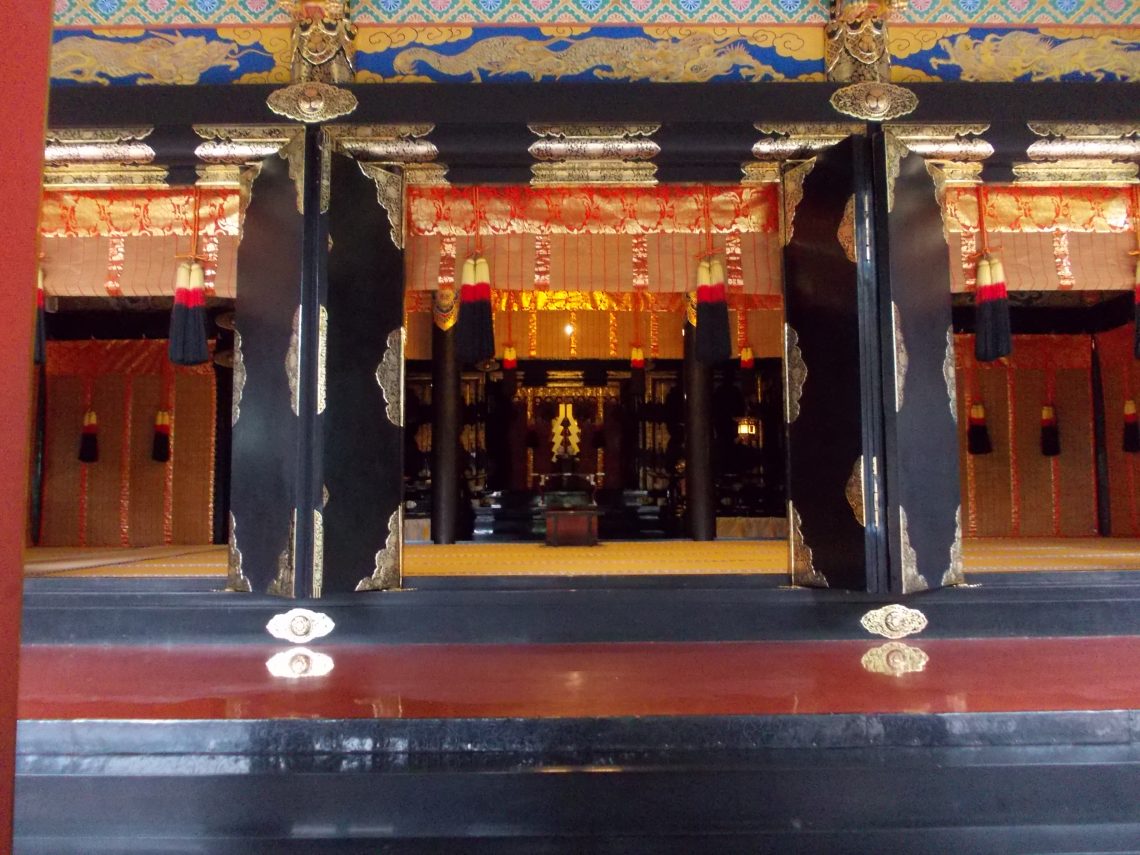
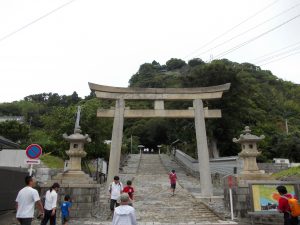


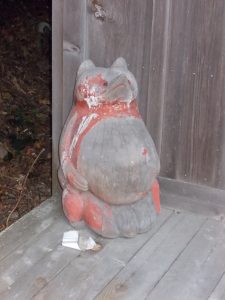
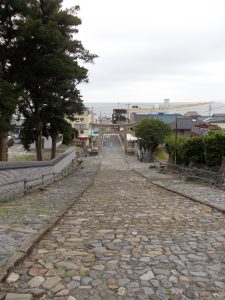

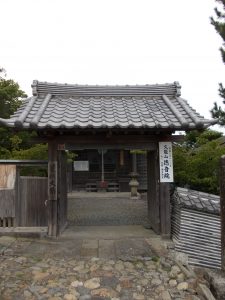

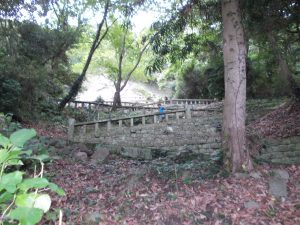

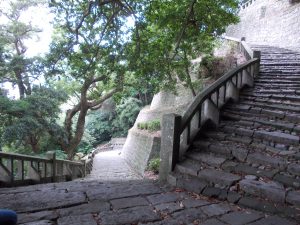



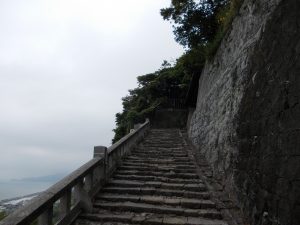

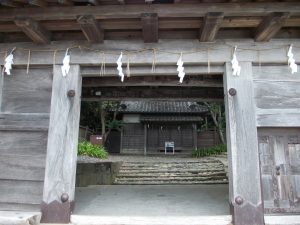
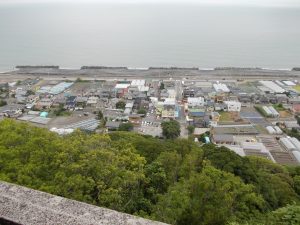
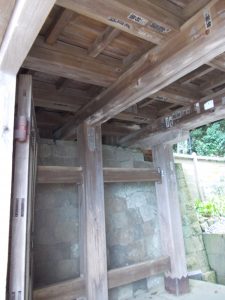
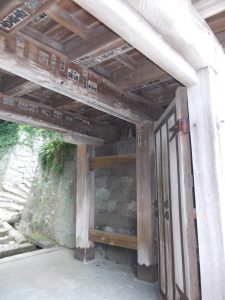
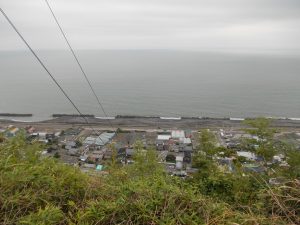

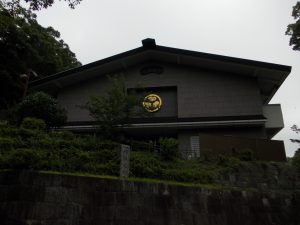


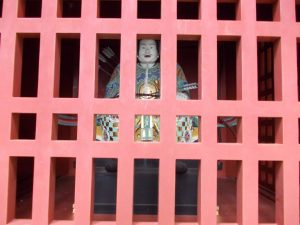





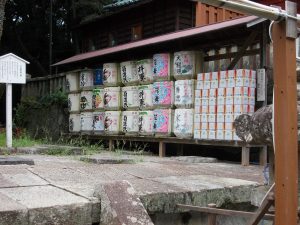
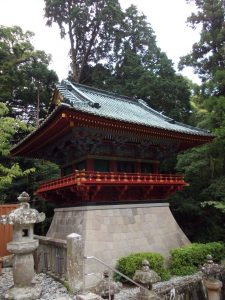
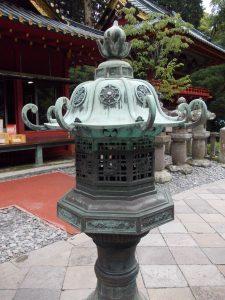
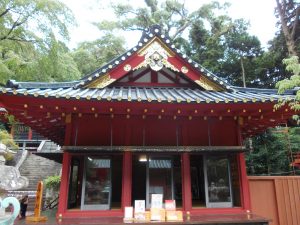
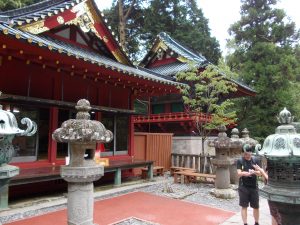
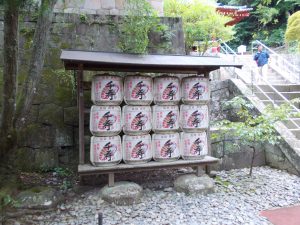
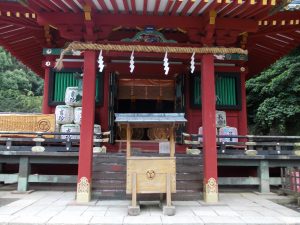
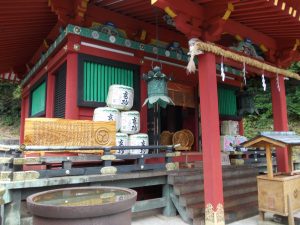

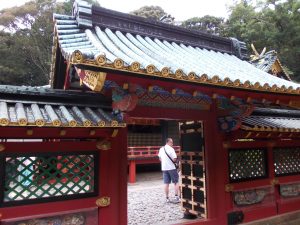

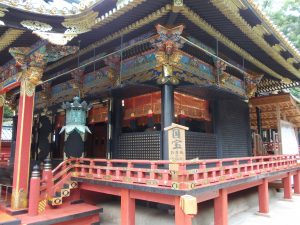
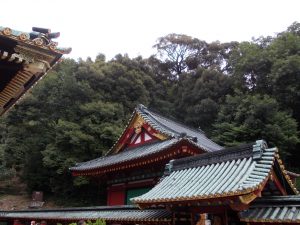


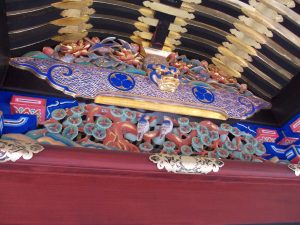
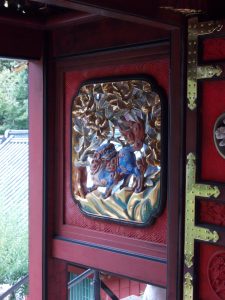

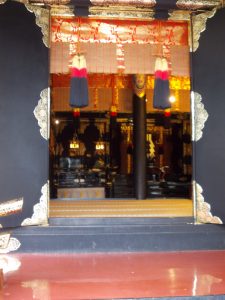



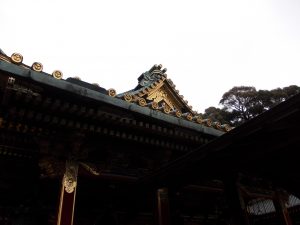

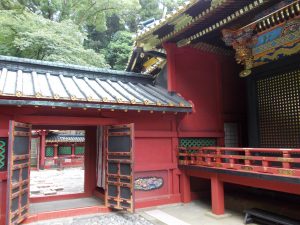

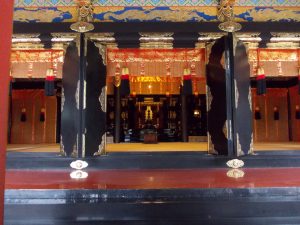
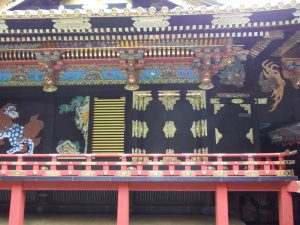


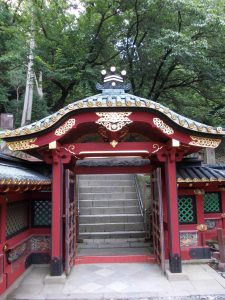

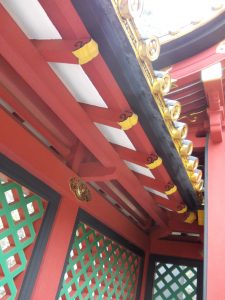
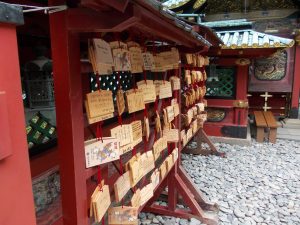

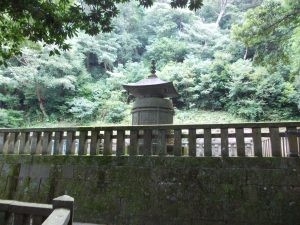

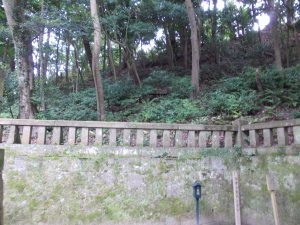
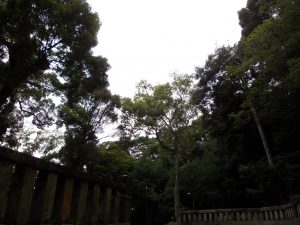

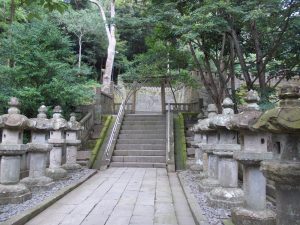

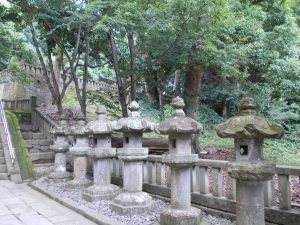
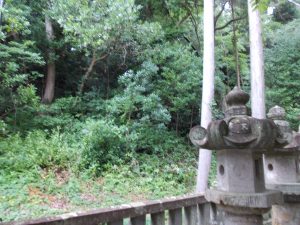

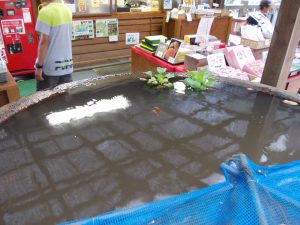

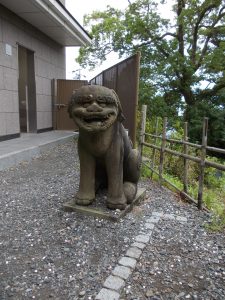

No Comments